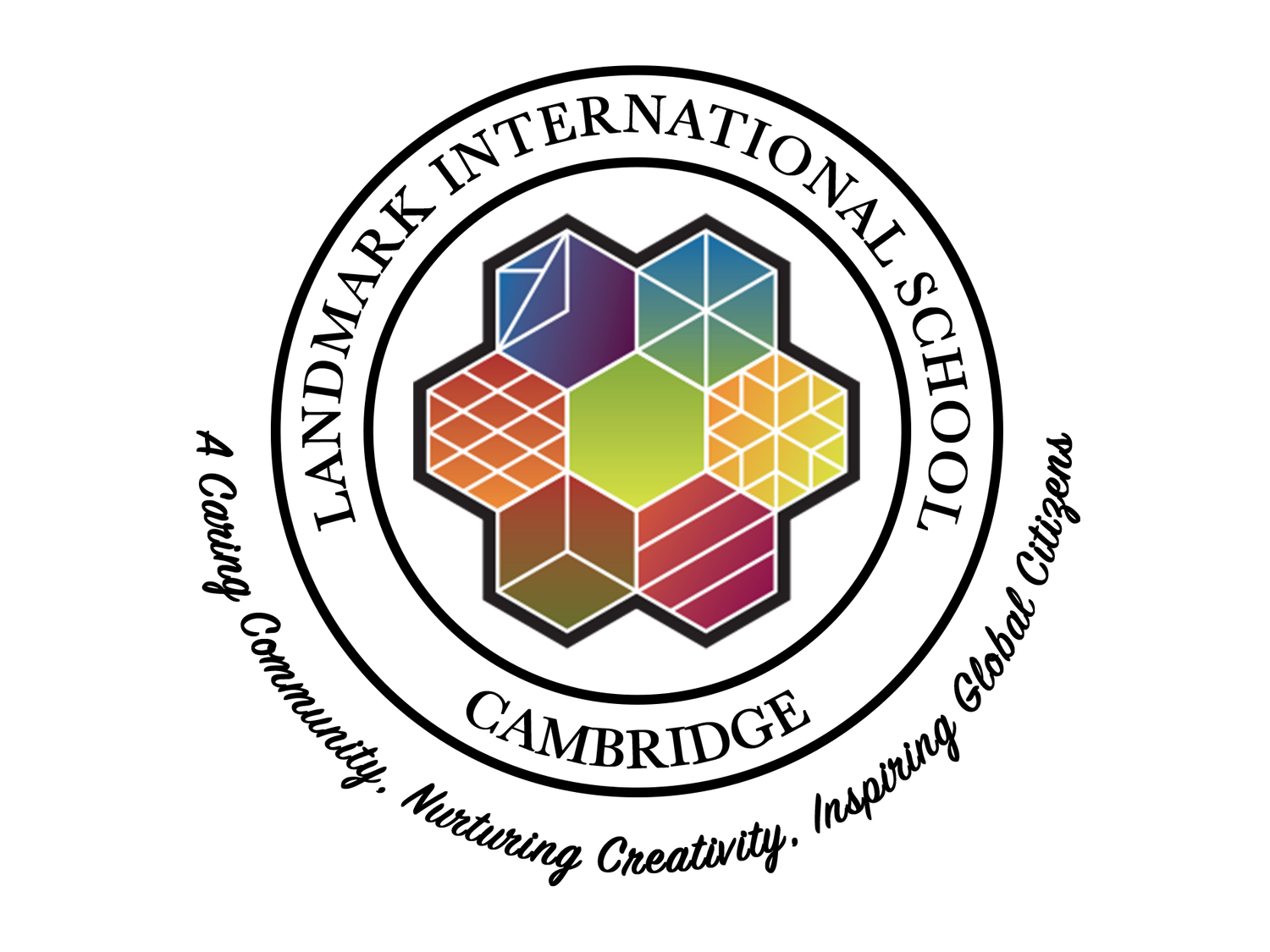STEM Sustainable School Challenge
Year 9 STEM students spent the last half-term working on a task to re-design Landmark International School to make the environment we share more environmentally friendly and sustainable for all. In the task the students:
Created a model of the sustainable school
Created a presentation to sell their design to a group of investors
After completing the task students wrote blogs about their experience, below we share to of those blogs.
Modelling with Clay and presenting with canva
Our STEM project that we have been working on for a few weeks was based around designing a more sustainable school. Our team consisted of 4 people, and we all worked together on each step of our process.
There were a few factors that made it difficult to come up with an eco-friendly school. We struggled with the problem of only finding very expensive elements that would make up an ideal school, but eventually we worked it out. As well as this, we found it tricky when moving our model around. Since our model of the school was relatively large, it was difficult transporting it around school. We later formed a type of schedule for people in our team to take it home and work on for some time. This was particularly efficient as it allowed us to have more time to finish it.
We started off by brainstorming ideas to better our current school. We researched into different solutions to different crises, such as: solar panels, hybrid buses, a heat pump - going underground - and resolutions as well to other problems with the school, which weren’t a big priority. This included: a climbing frame in the back playground, changing the car park layout, nature research areas - pond, bird habitats - , etc.
After that, we looked into the general prices of these characteristics and summed them up as a rough estimate. Once we had finished that, we started with the model. First, we gathered cardboard together and made the foundations of the school. We were then generously provided with ‘Model Magic’ - and air-dry clay which is very pliable, light and easy to work with. We layered the clay and the cardboard together, creating a strong, sturdy wall (when dry.) Once we had created the basic layout of the school building, (we used a fire escape route for inspiration) we then began to add details and our previous ideas were starting to be represented on our 3-D model.
As previously stated, we each took the model home on different days, and by the time it was the day to present, we had almost completed the project, and we had just a few details to make it come to life left to complete. Finally, we presented it to Mr Turnbull-Jones (our Headteacher) and Josh (Teaching Assistant).
We chose to create our presentation on Canva because we thought its visual aspect would make it more appealing, and interesting. We first planned out what the costs, and quantities of all the items were, and wrote them on a separate Google document, and then we copied, and edited it on the Canva presentation. While this was being done, pictures were added behind the writing on each slide. Our project went quite well. We presented our slideshow and our model - each taking our turn to present a section. We then followed up our presentation with some gingerbread from another group's model.☺
In conclusion, we all agree that this project was a good occasion to use our team-work skills. Overall it was a very enjoyable experience!
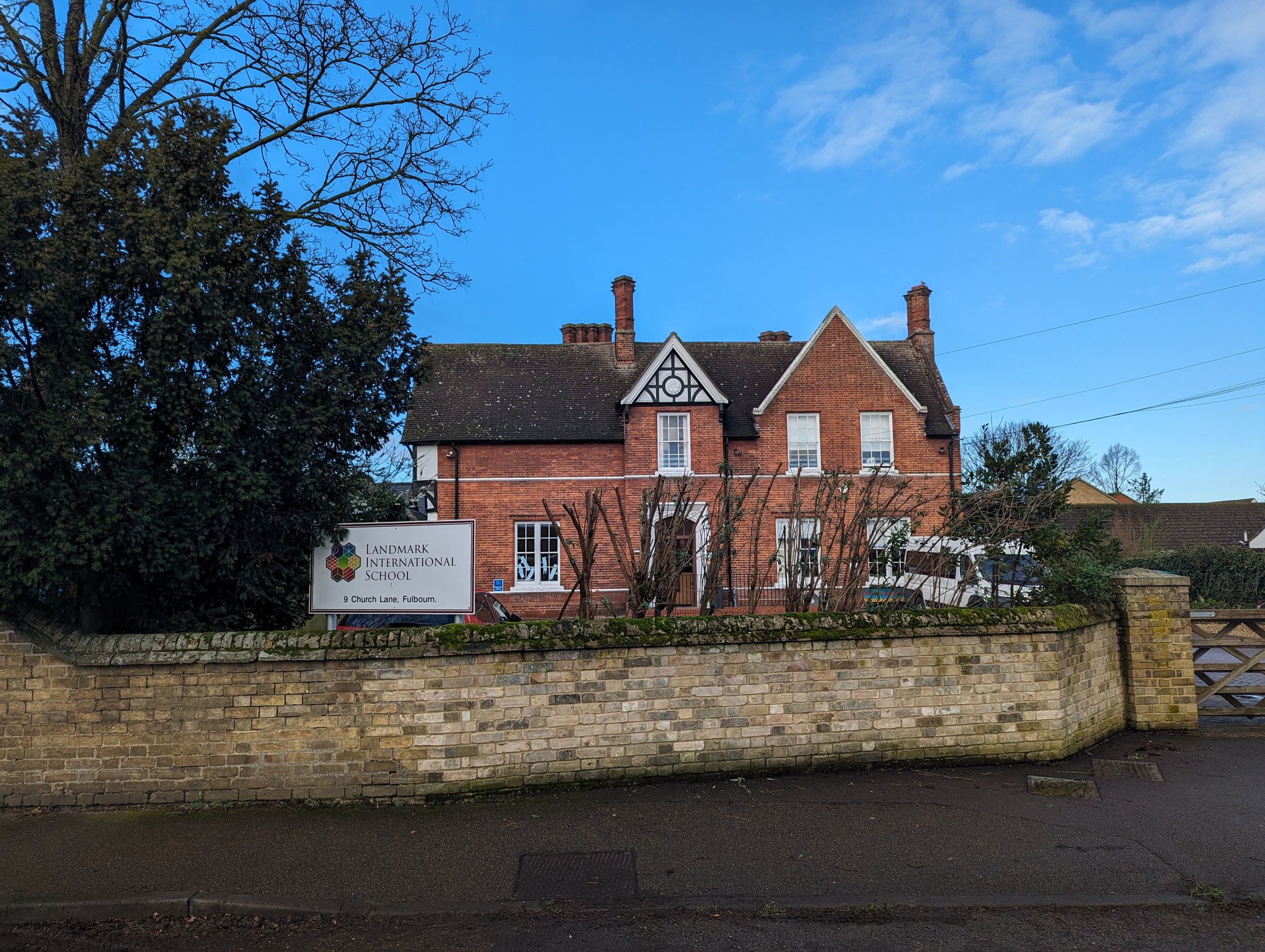
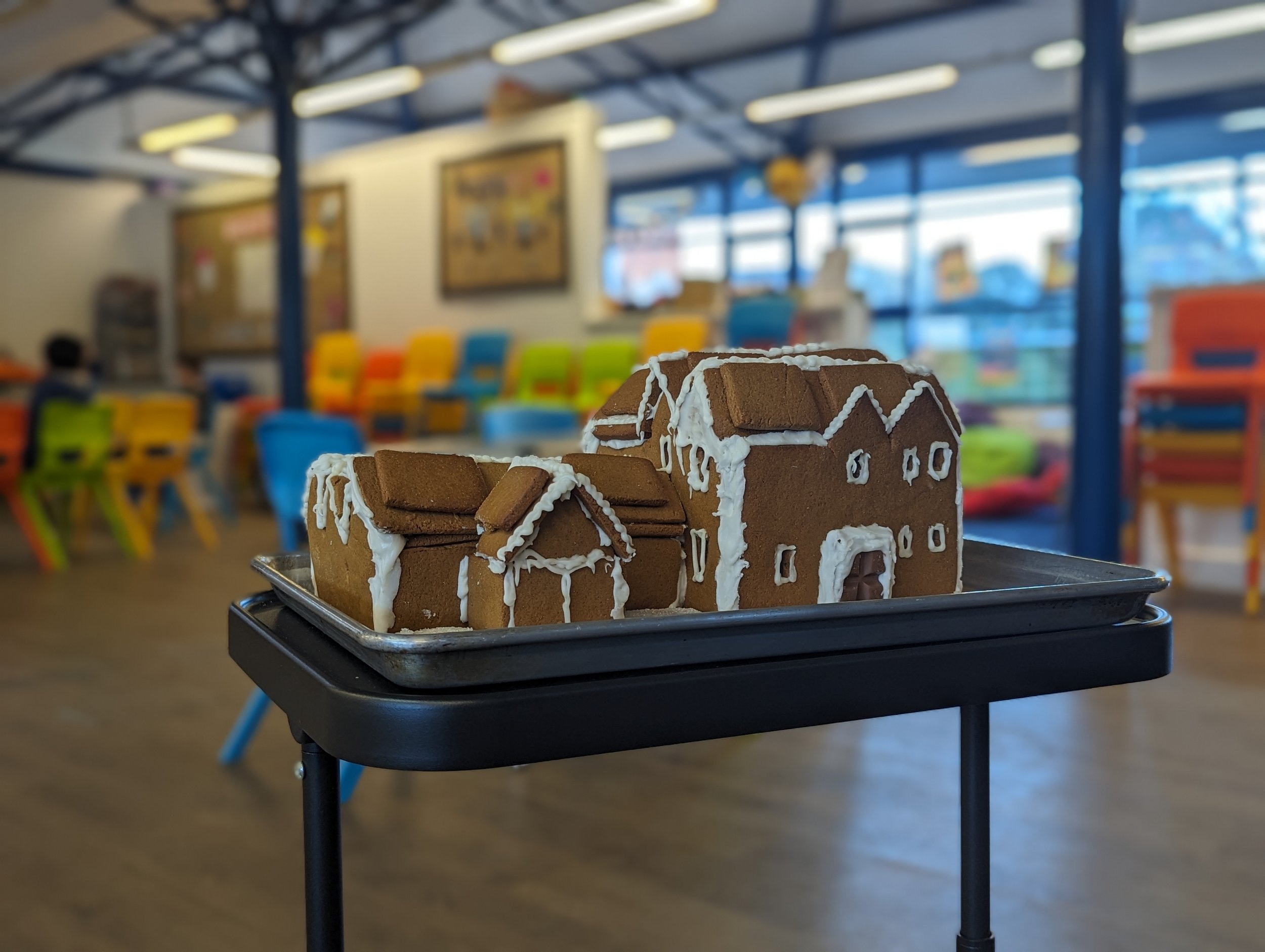
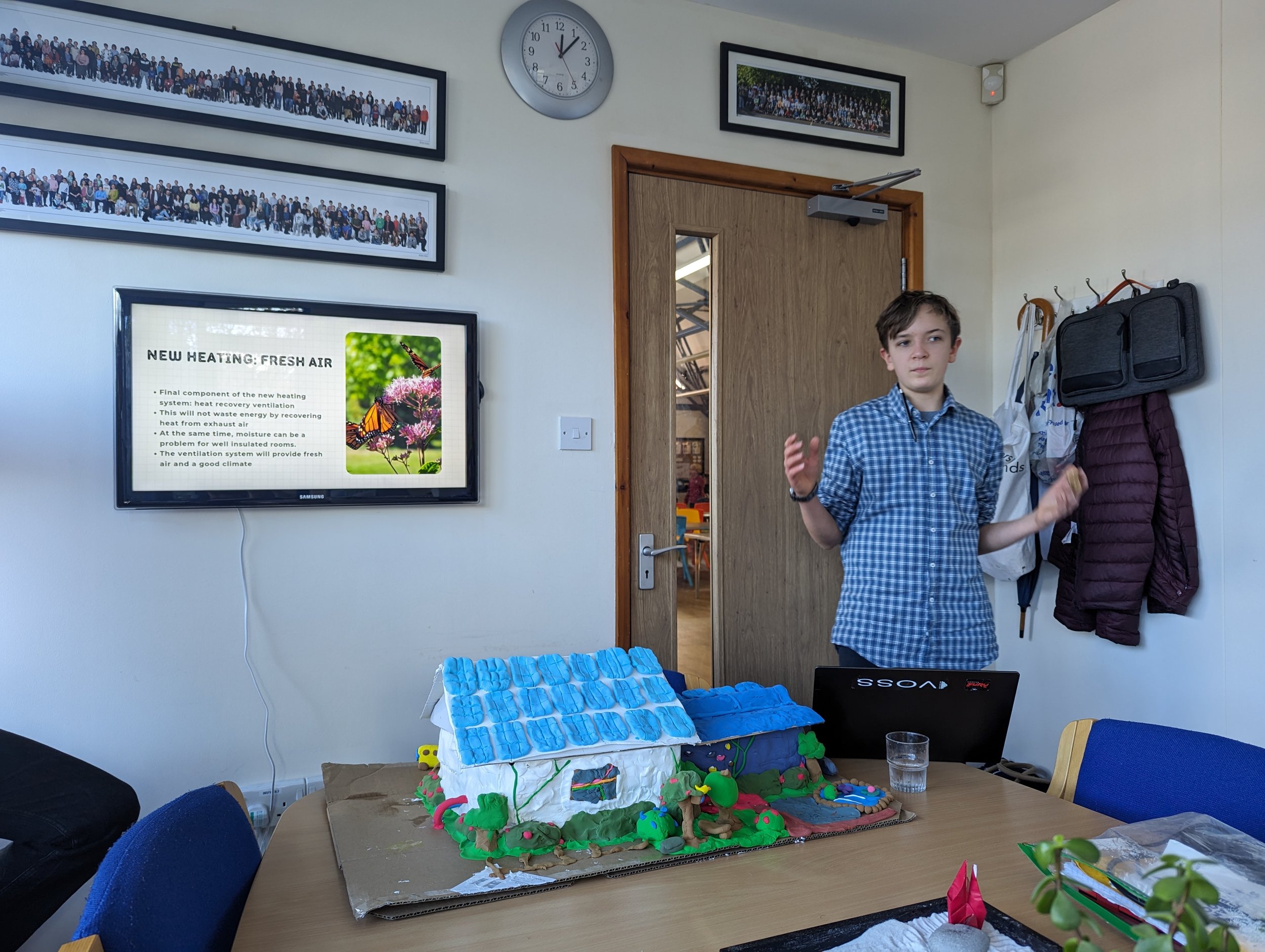
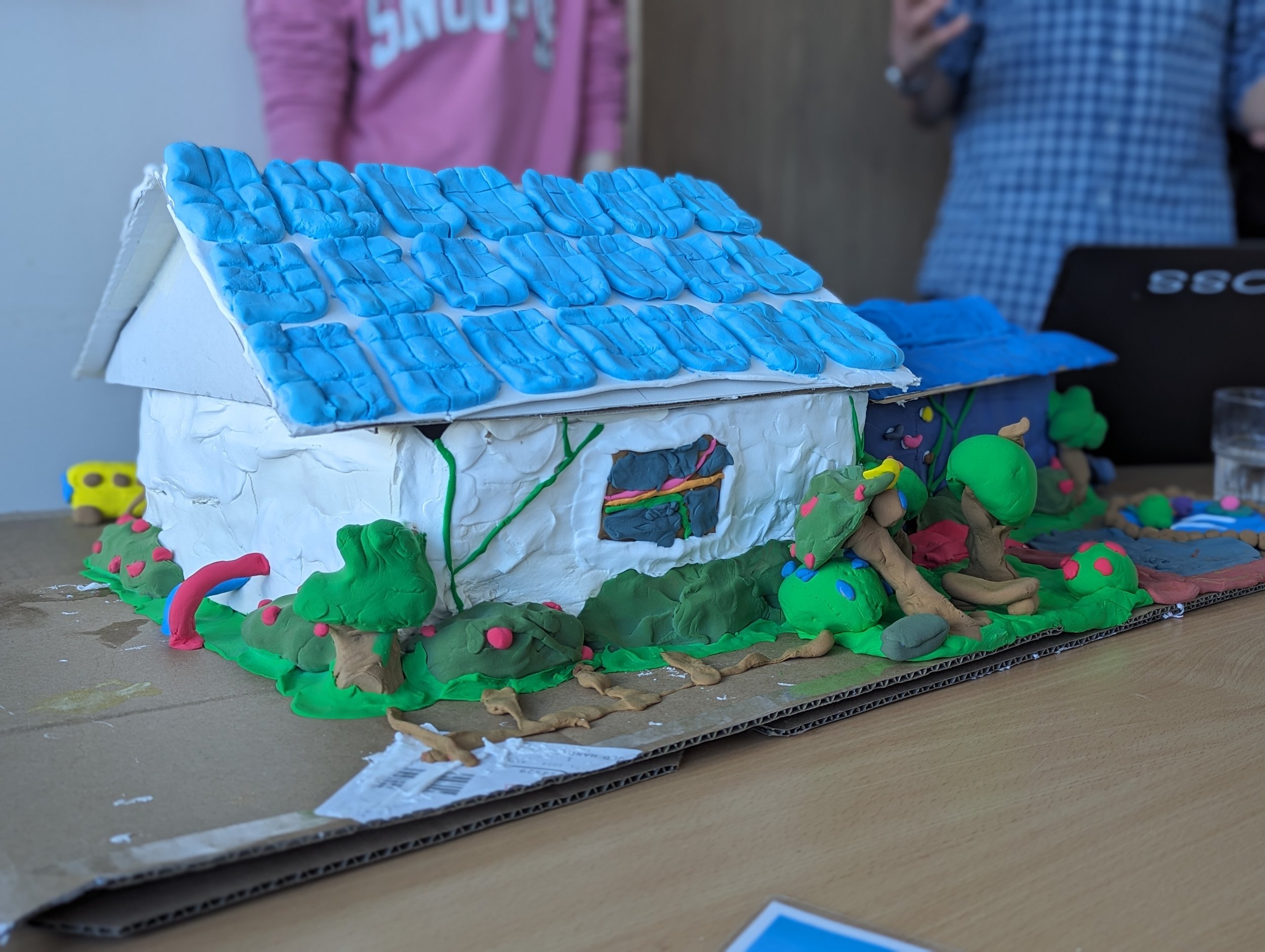
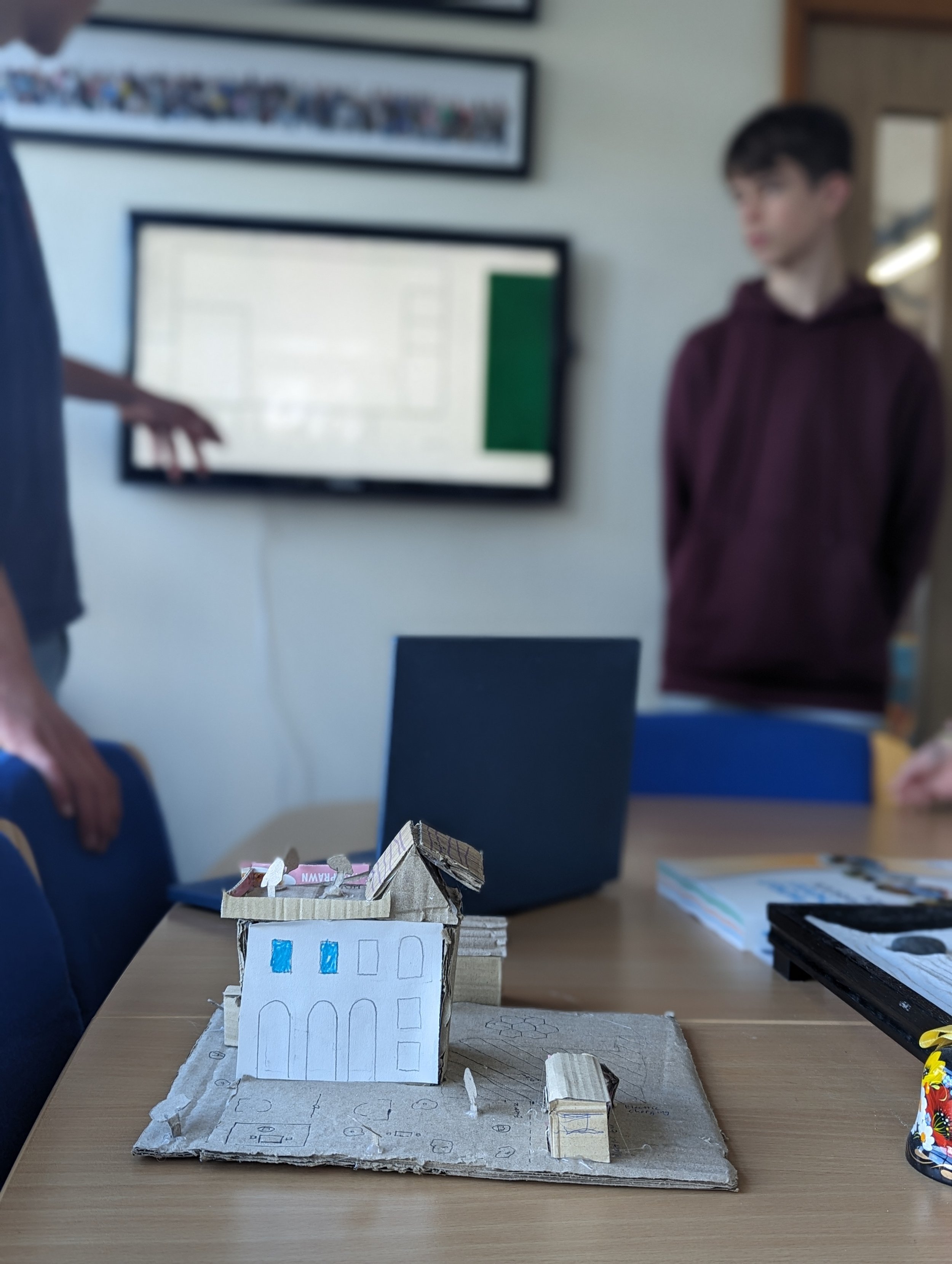
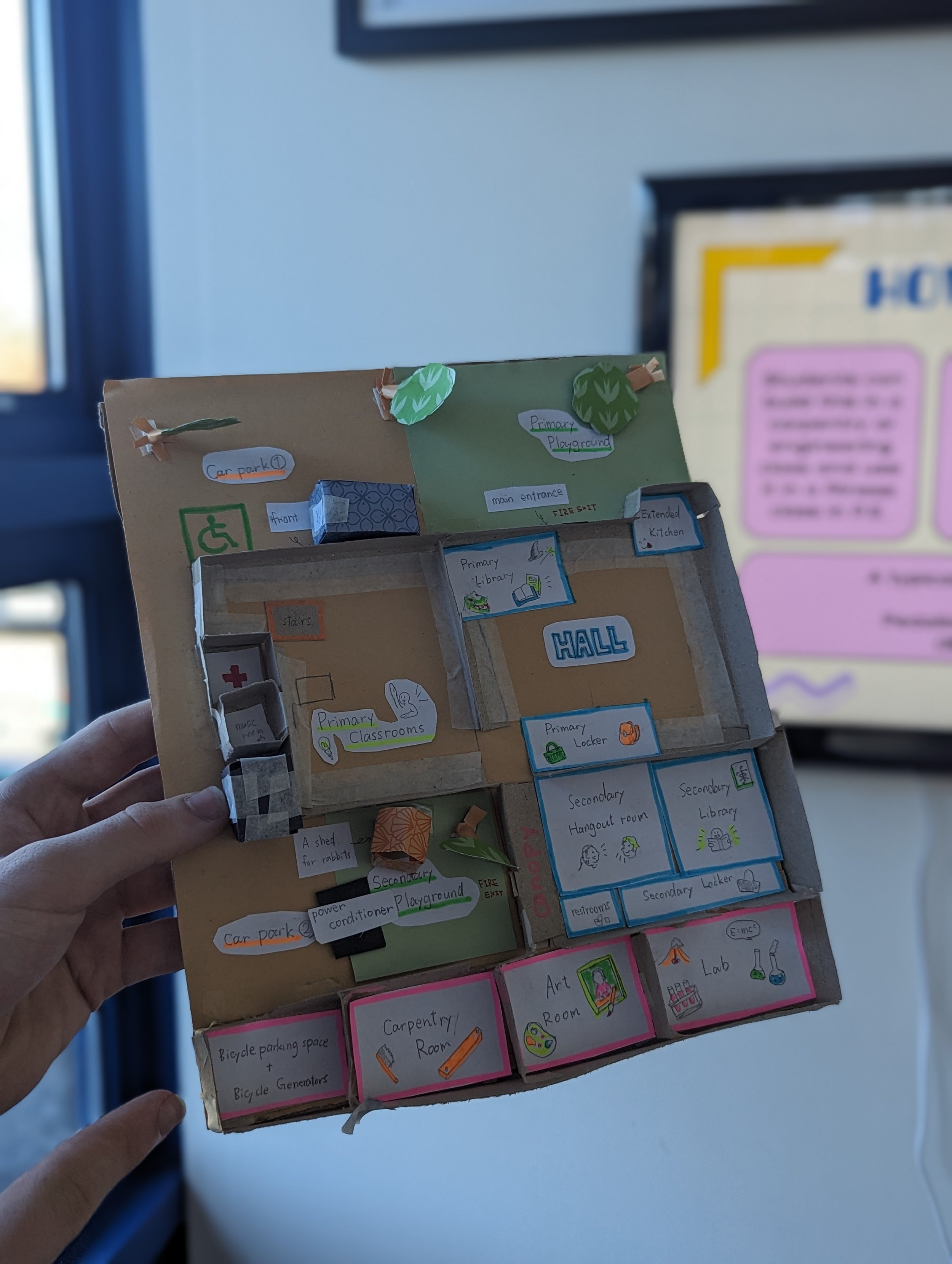

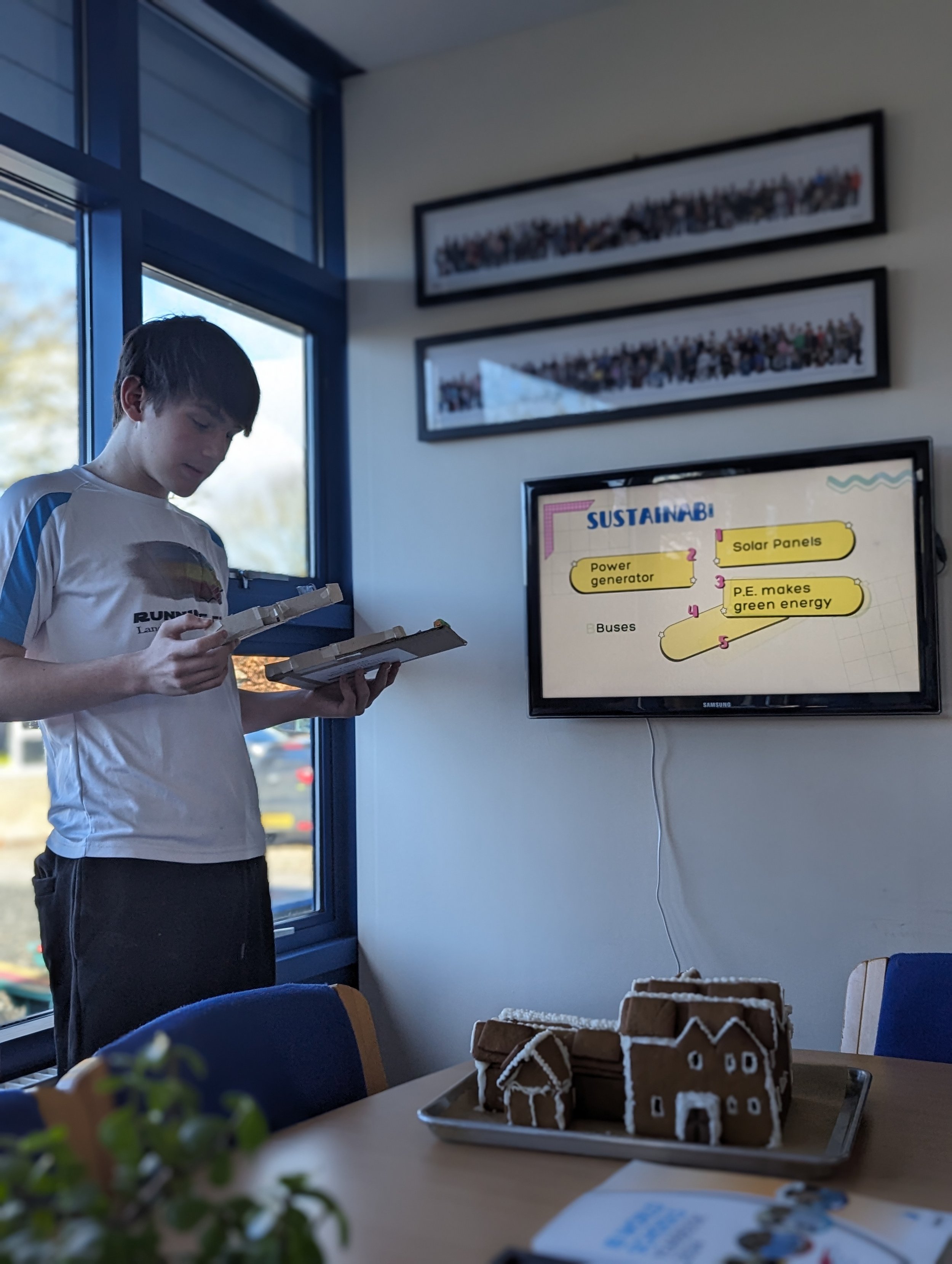
Walk in Supernova
For the STEM project, we had to redesign Landmark as a more sustainable school. We were organised into groups and we had to build at least one model, make a presentation to encourage investors, and calculate the costs. We learnt how to find sustainable sources of energy, build basic models and cooperate in a team with very different skill sets.
We made a model showing the floor plan. We would get wet by rain when going to another school building if it was raining, and we felt that the hall, lockers, and also the library were too small. So we turned all the space in the backyard into a building and made up the indoor space there, which we felt was lacking. Now the separate building is connected to the main school building, so we don't have to get wet!. In addition, rooms have been added to a separate school building. These will be used as a Carpentry Room and a place to use the Bicycle Generator.
We found the calculation of the school’s dimensions to be the most difficult since we did not have time to measure out the whole area, but based on the floor plans we succeeded in not only making a floor plan but a whole new (and tasty) model of our new school. It was surprising. From this project, we also learnt how it is difficult to make sure everyone is comfortable and has enough space in a limited area. In addition to making our school environmentally friendly and sustainable, we also considered diversity and tried to make it inclusive. For example, we added 2 more unisex toilets, a lift, and a parking space for wheelchairs. However, the process of making a new model for our new building was not easy. We faced many challenges, especially accessibility issues. For example, we removed the stairs and replaced it with a new lift, but it made it difficult to secure an emergency route in case of fire. We solved this problem by making a new emergency exit next to the hub.
In daily school life in Landmark, we have found some issues that we can propose a solution to. One of them is an inconvenience around locker areas. Currently, because of an increasing number of students, the locker area gets very crowded before and after break times. Students put their bags on the floor, so paths are blocked and it can be very dangerous. We have seen some students tripping on their bags and falling on the floor. To solve this problem, we proposed to make a bigger locker area in the back garden. We also suggested establishing a new building in the back garden so we can fit the new locker, more restrooms, and even a bigger library!
We were surprised at how expensive the solar power generation equipment is. Solar panels and a power conditioner itself don’t cost much, but maintenance costs and cleaning costs are quite expensive, and we need to pay these bills regularly (3~4 times a year). Solar panels are sustainable and environmentally friendly, but we needed to be wallet-friendly as well. So instead of placing solar panels everywhere, we decided to make a bicycle generator, so students can generate electricity they use by themselves!
We had only 4 lessons, but there were plenty of things we needed to consider, so we separated tasks and splitted into 2 teams. With our amazing cooperation and time management, we were able to make 2 models and a convincing slideshow in time! It was a difficult task to include all different sorts of ideas and elements we came up initially, but we enjoyed discussing problems with friends and presenting our ideas in front of teachers.
